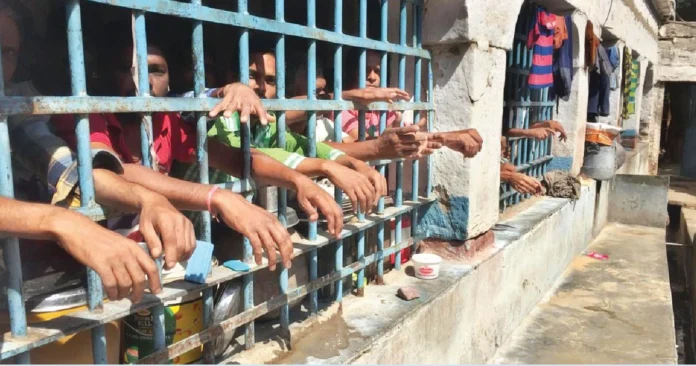By Dr Swati Jindal Garg
“Justice delayed is justice denied.” Taking a cue from this age-old adage, the Supreme Court, through its latest judgment, expressed strong discontent over prisoners languishing in jail even after completing their sentence. The Court directed its registry to circulate the order to home secretaries of all states and Union Territories, instructing them to ascertain whether any convict remains imprisoned beyond the period of their sentence. Such prisoners, it said, must be released immediately if not wanted in any other case.
The order was issued by a bench, comprising Justices BV Nagarathna and KV Viswanathan, while hearing the case of Sukhdev Yadav alias Pehalwan, convicted in the 2002 Nitish Katara murder case. Despite completing his 20-year sentence in March 2025, Yadav had not been released. The Court was categorical: “On March 10, 2025, the appellant ought to have been released, as he completed his sentence.”
THE CASE OF SUKHDEV YADAV
Yadav, convicted alongside Vikas and Vishal Yadav for the kidnapping and killing of Nitish Katara, had served his full term without remission. Earlier, in November 2024, his furlough plea had been denied by the Delhi High Court, a decision overturned by the Supreme Court, which granted him three months of release.
The Court clarified the distinction between furlough—a temporary release granted to long-term inmates—and the completion of sentence, emphasizing that once the term is served, no further consideration of remission is required. “The release of the appellant from jail does not depend upon further consideration,” the judgment stated.
ARTICLE 21 AND PRISONER RIGHTS
Invoking Article 21 of the Constitution, which protects life and personal liberty, the Court held that no individual can be imprisoned beyond their legally mandated term. In its 62-page judgment, it stressed: “In all cases where an accused/convict has completed his period of jail term, he shall be entitled to be released forthwith.”
The ruling is not an isolated call. For decades, the judiciary has highlighted the dismal state of India’s overcrowded and underfunded prisons, with judgments stressing reforms in living conditions, health, food, clothing and rehabilitation.
PAST CONCERNS, LINGERING FAILURES
In 2013, Justices Hima Kohli and Ahsanuddin Amanullah castigated states for ignoring prison reforms and failing to comply with court directives. Despite repeated directions to implement the Model Prison Code of 2016, progress has been painfully slow. Undertrial prisoners, particularly the poor unable to furnish bail, continue to overcrowd jails.
Cases such as Sunil Batra (1978, 1980), Rama Murthy vs State of Karnataka (1997), and TK Gopal vs State of Karnataka (2000) have repeatedly flagged issues of torture, overcrowding, poor sanitation, and lack of rehabilitation. Yet, committees on jail reforms have produced reports that remain largely unimplemented.
THE ROAD NOT TAKEN
Despite multiple recommendations—from creating a dedicated Indian Prisons & Correctional Service, to improving aftercare and rehabilitation, and even allowing public and press access to prisons—India has not codified prisoner rights into legislation. Judicial activism has filled the void, but implementation remains inconsistent.
Justice VR Krishna Iyer once observed: “Prisons are still laboratories of torture, warehouses in which human commodities are sadistically kept.” His words remain a sobering reminder of how little has changed. Until the system accepts that it is the sin, not the sinner, that must be condemned, justice will remain incomplete behind bars.
—The author is an Advocate-on-Record practising in the Supreme Court, Delhi High Court and all district courts and tribunals in Delhi


